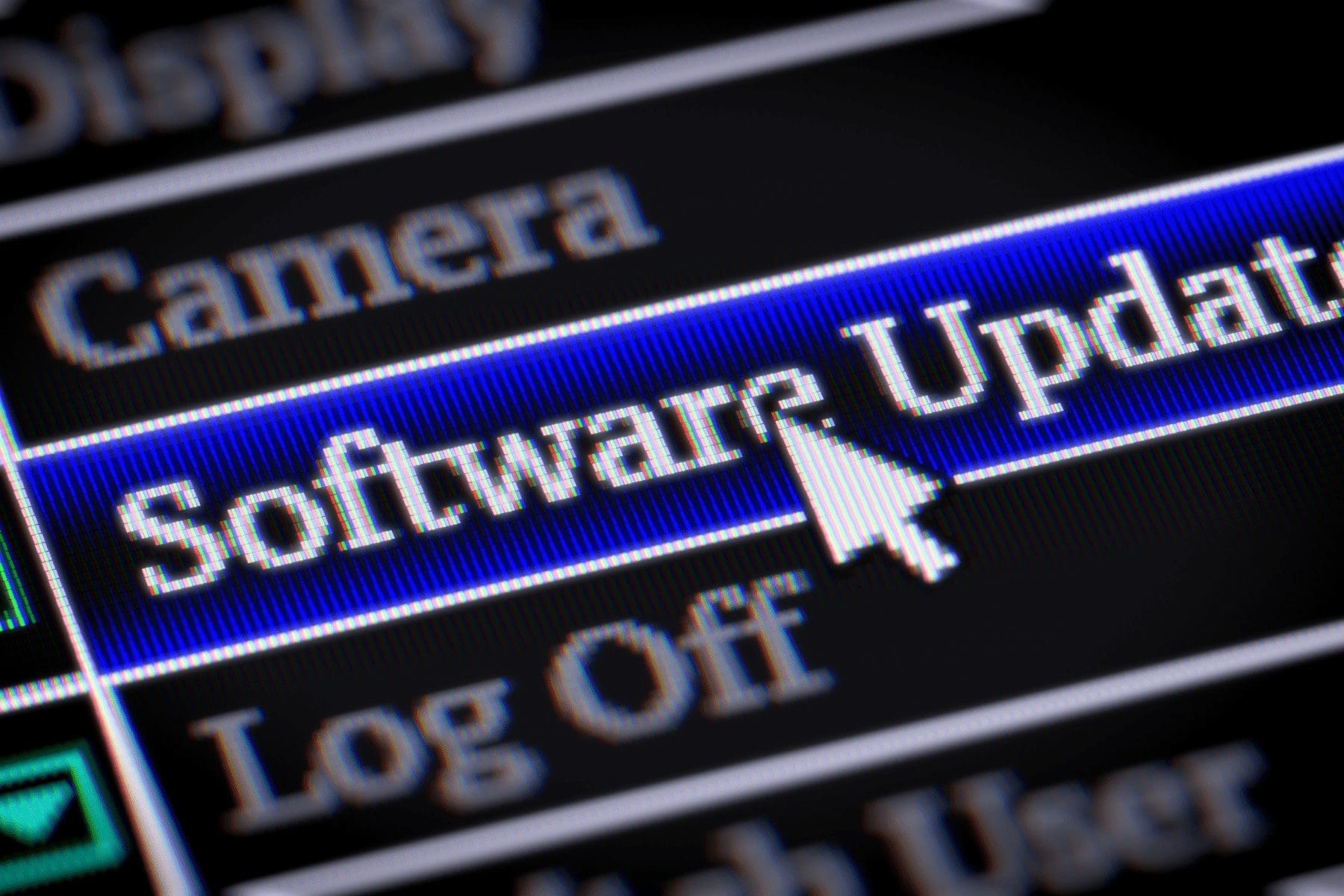The InsureGood Blog
Our goal is to help drive small business success; thus, we focus on topics like operations, human resources, and business insurance.
Home >
Managing End of Life Software
When software reaches end-of-life (EOL) it means manufacturers will no longer develop or service the product, discontinuing all technical support, upgrades, bug fixes, and security fixes. This article discusses the risks of continuing to use EOL software and discusses best practices for organizations to mitigate this risk.
7 Best Practices in Managing Cyber Risk
Discover 7 best practices in managing cyber risk every business should implement to help prevent cyber exposures and attacks.
Attack Surface Management Explained
The recent increase in remote and hybrid work combined with the shift to the cloud and widespread implementation of software-as-a-service (SAAS) applications have made attack surfaces increasingly large, complex, and difficult to defend against cyberattacks. This article explains what attack surface management is and how it works.
Attracting Remote Talent
Remote work is quickly becoming one of the most desirable benefits an employer can offer in today’s tight labor market. This article discusses the unique qualities of strong remote workers and best practices for attracting and recruiting them.
Open Offices: The Pros and Cons
Designed for better collaboration at the expense of personal privacy, this article explains the pros and cons of an open office design.
5 Onboarding Tips to Reduce Employee Turnover
This article discusses onboarding mistakes to avoid and strategies to utilize in order to reduce employee turnover rates.
What is Endpoint Detection and Response?
This article discusses the importance of endpoint detection and response solutions, how they work, and the types of threats they can detect.
Parametric Insurance Explained
Parametric insurance can be a particularly beneficial form of coverage to have in the scope of large-scale natural disasters, especially when not all associated losses entail physical damages. Yet, there are some additional aspects of this coverage offering to consider.
Do You Need Valuable Papers Insurance?
Not every document can be backed up electronically. Learn how valuable papers insurance can help you replace and restore business documents.
Understanding Commercial Property Coninsurance
This article examines how commercial property coinsurance clauses, included in many policies, can affect what you’re rewarded after a loss.
What is Difference in Conditions Insurance?
While commercial property insurance is an essential component of a business’s risk management portfolio, it can exclude coverage for floods and earthquakes. To address potential gaps in coverage, many businesses secure difference-in-conditions (DIC) insurance.
Employee Performance Evaluations Best Practices
This article emphasizes why conducting employee performance evaluations is crucial to the success of a company. It also includes tips on how to effectively handle these evaluations.
The Value of Exit Interviews
Learn about the value of an exit interview, how it can improve retention, as well as what questions should be asked in this article.
Supporting Employee’s Caretaking Responsibilities
Employers who provide support for employees with caretaking responsibilities can see a boost in their employee retention. Consider some of these ways to best support your caretaking employees.
Results Only Work Environment
This article introduces a newer concept in the workplace, where employers aim for productivity and results instead of actual hours put in at the office.
Managing End of Life Software
When software reaches end-of-life (EOL) it means manufacturers will no longer develop or service the product, discontinuing all technical support, upgrades, bug fixes, and security fixes. This article discusses the risks of continuing to use EOL software and discusses best practices for organizations to mitigate this risk.
7 Best Practices in Managing Cyber Risk
Discover 7 best practices in managing cyber risk every business should implement to help prevent cyber exposures and attacks.
Attack Surface Management Explained
The recent increase in remote and hybrid work combined with the shift to the cloud and widespread implementation of software-as-a-service (SAAS) applications have made attack surfaces increasingly large, complex, and difficult to defend against cyberattacks. This article explains what attack surface management is and how it works.
Attracting Remote Talent
Remote work is quickly becoming one of the most desirable benefits an employer can offer in today’s tight labor market. This article discusses the unique qualities of strong remote workers and best practices for attracting and recruiting them.
Open Offices: The Pros and Cons
Designed for better collaboration at the expense of personal privacy, this article explains the pros and cons of an open office design.
5 Onboarding Tips to Reduce Employee Turnover
This article discusses onboarding mistakes to avoid and strategies to utilize in order to reduce employee turnover rates.
What is Endpoint Detection and Response?
This article discusses the importance of endpoint detection and response solutions, how they work, and the types of threats they can detect.
Parametric Insurance Explained
Parametric insurance can be a particularly beneficial form of coverage to have in the scope of large-scale natural disasters, especially when not all associated losses entail physical damages. Yet, there are some additional aspects of this coverage offering to consider.
Do You Need Valuable Papers Insurance?
Not every document can be backed up electronically. Learn how valuable papers insurance can help you replace and restore business documents.
Understanding Commercial Property Coninsurance
This article examines how commercial property coinsurance clauses, included in many policies, can affect what you’re rewarded after a loss.
What is Difference in Conditions Insurance?
While commercial property insurance is an essential component of a business’s risk management portfolio, it can exclude coverage for floods and earthquakes. To address potential gaps in coverage, many businesses secure difference-in-conditions (DIC) insurance.
Employee Performance Evaluations Best Practices
This article emphasizes why conducting employee performance evaluations is crucial to the success of a company. It also includes tips on how to effectively handle these evaluations.
The Value of Exit Interviews
Learn about the value of an exit interview, how it can improve retention, as well as what questions should be asked in this article.
Supporting Employee’s Caretaking Responsibilities
Employers who provide support for employees with caretaking responsibilities can see a boost in their employee retention. Consider some of these ways to best support your caretaking employees.
Results Only Work Environment
This article introduces a newer concept in the workplace, where employers aim for productivity and results instead of actual hours put in at the office.















